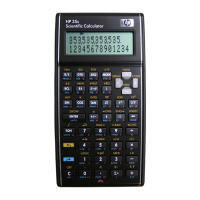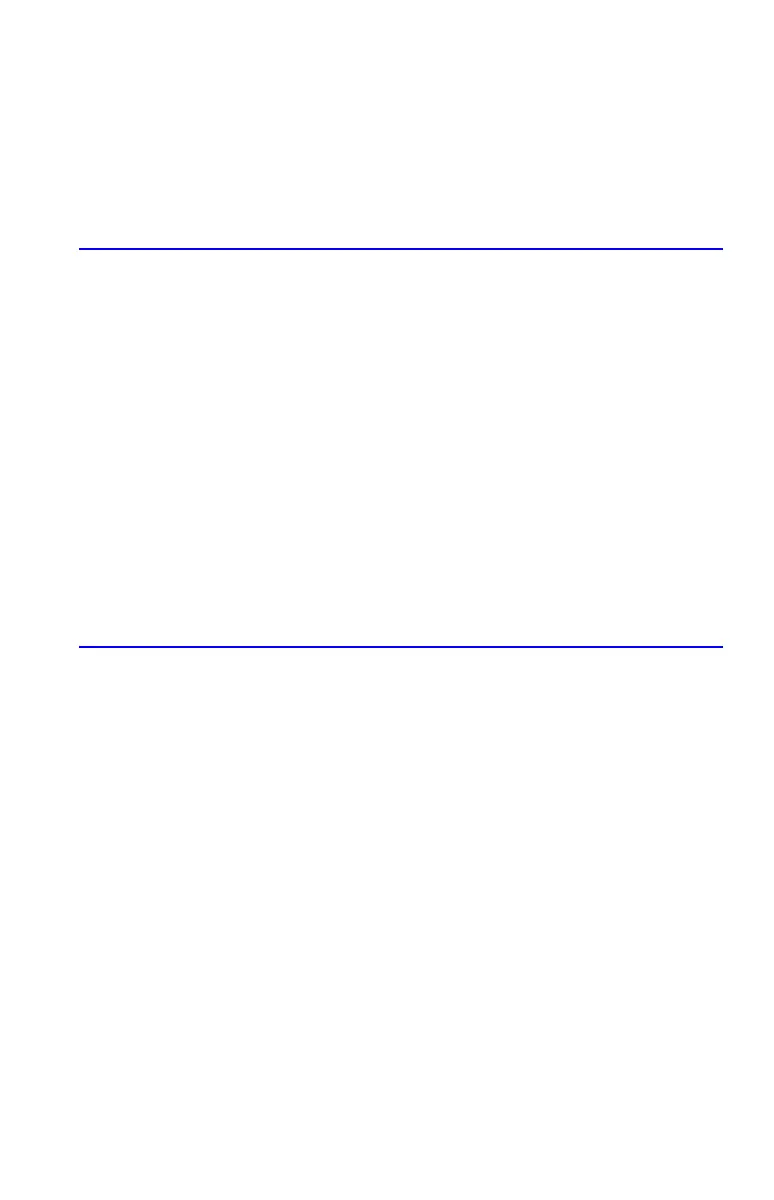Programming Techniques 14-1
14
Programming Techniques
Chapter 13 covered the basics of programming. This chapter explores more
sophisticated but useful techniques:
Using subroutines to simplify programs by separating and labeling portions
of the program that are dedicated to particular tasks. The use of subroutines
also shortens a program that must perform a series of steps more than once.
Using conditional instructions (comparisons and flags) to determine which
instructions or subroutines should be used.
Using loops with counters to execute a set of instructions a certain number of
times.
Using indirect addressing to access different variables using the same
program instruction.
Routines in Programs
A program is composed of one or more routines. A routine is a functional unit that
accomplishes something specific. Complicated programs need routines to group
and separate tasks. This makes a program easier to write, read, understand, and
alter.
A routine typically starts at a label and ends with an instruction that stops program/
routing execution such as RTN or STOP.
Calling Subroutines (XEQ, RTN)
A subroutine is a routine that is called from (executed by) another routine and
returns to that same routine when the subroutine is finished.

